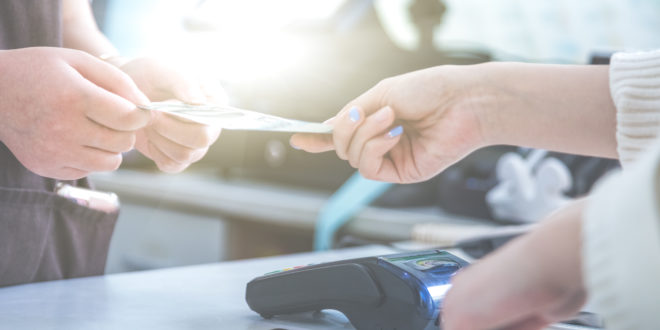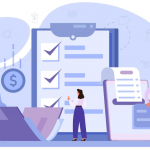Tags Digital Transformation Payments
Thus far, the global payments industry has proven resilient to the effects of the COVID-19 pandemic, but the industry is far from immune. In the short term, payment providers will need to prepare to adjust to new realities by adapting their operating models to be more flexible. The long-term impact on the payments industry, however, is expected to be big. Here’s a look at the top 8 ways COVID-19 is expected to impact the payments industry:
- Strong push toward a cashless society – with concerns over transmission via cash, many are adopting/increasing their use of cashless solutions. While this won’t likely cause the end of the use of cash, it will likely push many markets toward a new cashless paradigm.
- New need for fraud protection – with fraud activity flourishing due to new opportunities presented by the pandemic, merchants and financial institutions will need to make significant investments to improve fraud prevention and detection.
- Changing the trust equation – as money gets tight, payments will be watched very closely. This may be the catalyst for the widespread adoption of distributed ledger technology in payments.
- Tougher environment for payment FinTechs – a drop in the number of global payments means fewer fees for payment solution providers. This is likely to lead to a drop in investment capital for the industry, and payment FinTechs are likely to feel this impact more than larger, more established payment service providers.
- Tighter cash flow management – general scrutiny of outgoing cash flows is likely to increase. This will likely lead to the replacement of payment instruments like direct debits and recurring card payments with request to pay and other similar tools.
- Growth for tokenized mobile wallets – the contactless feature of tokenized mobile wallets has been an advantage in a time when physical contact is being discouraged. It is reasonable to expect the use of token-based wallets to grow in the future and the use of physical payment cards to shrink.
- Explosion of online shopping and digital checkouts – unsurprisingly, there has been a huge uptick in the use of online shopping and delivery systems. As more consumers turn to online ordering for everyday purchases, expect the convenience of ordering routine items using devices enabled by the internet of things (IoT) to be on full display and become much more popular.
- Changing consumer behavior driving digital innovation – digital banking services are in much more demand due to social distancing and other pandemic-mitigation measures. This is forcing traditional payment providers to fast-track their digital innovation efforts.
The overall impact of COVID-19 won’t be known for months, if not years. When we get back to “normal”, the payments industry may just look radically different than it did before.
 BFC Bulletins Monthly News Digest
BFC Bulletins Monthly News Digest




